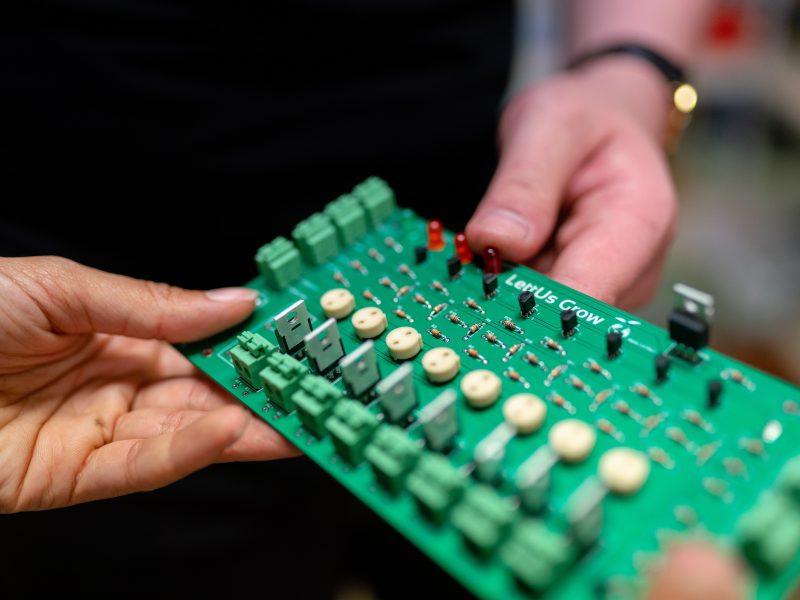
The Reflow Soldering Process for Printed Circuit Board (PCB) Proofing is a critical stage in the manufacturing of electronic products. This process is essential for Surface Mount Technology (SMT) OEMs, circuit board assembly companies, and PCB manufacturers to produce high-quality and reliable PCB prototypes. The Reflow Soldering Process involves heating the PCB assembly to a specific temperature, which melts the solder paste, forming a strong bond between the components and the substrate. In this article, we will discuss the impact of the Reflow Soldering Process on PCB proofing and the factors that influence it.
First and foremost, the Reflow Soldering Process plays a crucial role in ensuring the reliability and longevity of the PCB. The process is designed to ensure that the components are securely attached to the PCBA substrates, ensuring that they do not become loose over time. This is especially important in applications that require high performance, such as those found in military, aerospace, and medical industries. The Reflow Soldering Process is also essential for ensuring that the components are correctly positioned and aligned on the substrate, which helps to reduce the risk of shorts and other malfunctions.
Another important aspect of the Reflow Soldering Process is its ability to optimize the thermal performance of the PCB. This is achieved by carefully controlling the temperature profile during the reflow process, which helps to minimize thermal stress and ensure that the components are not damaged. The thermal performance of the PCB is particularly important for applications that require high performance, such as those found in high-speed digital circuits and high-frequency analog pcb circuits.
The Reflow Soldering Process also has a significant impact on the cost and efficiency of PCB fabrication. By providing a reliable and efficient method of attaching components to the substrate, the Reflow Soldering Process helps to reduce the time and cost associated with manual assembly. This is particularly important for high-volume production runs, where the cost and efficiency of the manufacturing process can have a significant impact on the overall profitability of the project.
Another important factor to consider is the impact of the Reflow Soldering Process on the environment. The process involves the use of high temperatures and potentially hazardous materials, such as lead-based solder and flux. As a result, it is important to carefully manage the environmental impact of the Reflow Soldering Process to ensure that it does not cause harm to people or the environment. This can be achieved through the use of environmentally friendly materials, as well as by implementing best practices for waste management and disposal.
Finally, the Reflow Soldering Process also has an impact on the quality of the final product. By providing a reliable and efficient method of attaching components to the substrate, the Reflow Soldering Process helps to reduce the risk of defects and malfunctions, which can lead to increased customer satisfaction and brand reputation.
In conclusion, the Reflow Soldering Process is an essential stage in the manufacturing of electronic products, and it has a significant impact on the reliability, efficiency, and quality of the final product. To ensure that the process is optimized for the specific requirements of each project, it is important to carefully consider the various factors that influence the Reflow Soldering Process, including the thermal performance, cost and efficiency, environmental impact, and quality of the final product. By doing so, SMT OEMs, circuit board assembly companies, and PCB manufacturers can ensure that their products meet the highest standards of performance and reliability, while also maintaining a high level of environmental and social responsibility.
